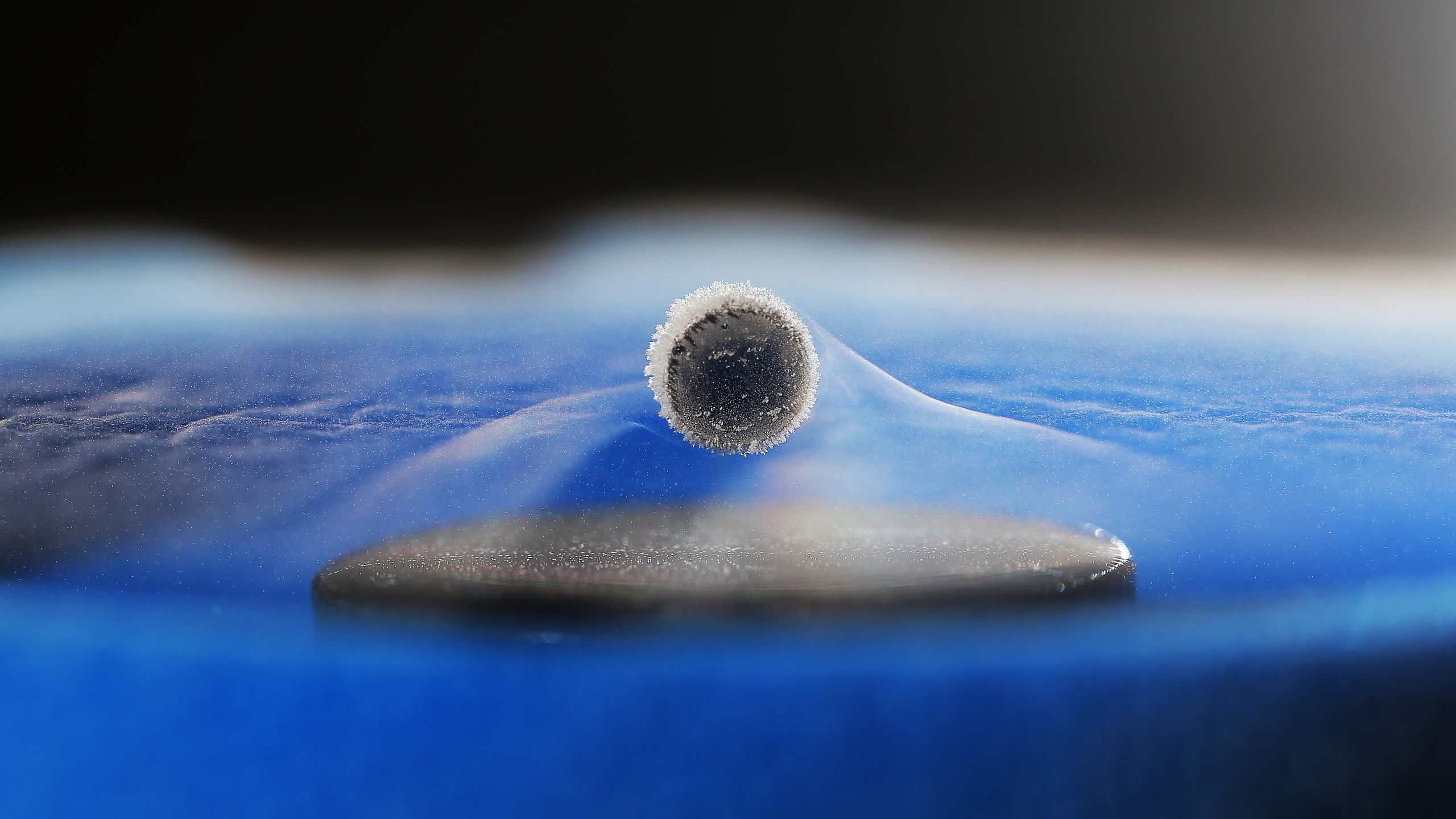Zero resistance is replicated, but room temperature operation is not.
The scientific community is still scrambling to confirm the recent revolutionary claim by Chinese scientists that they have created a room-temperature, ambient-pressure superconductor. But with enough brainpower looking into the subject of the LK-99 material, it’s bound to be a matter of time before the superconductivity claims are fully confirmed or denied.
Once again, researchers in China seem to be at the forefront: today, scientists with the Physics Department of Southeast University, a top university in Nanjing, China, have reported measuring zero electrical resistance, a key requirement for superconductivity, in a sample of LK-99 they produced from scratch. However, that comes with the caveat that they could only achieve the properties at -163C, not at the room temperature touted by the original paper. As with other efforts from other teams, two of which claim to have confirmed certain other aspects of the claimed superconducting breakthrough, the new results from the Southeast University team are preliminary — the team is still studying different methods of fabricating the material, with plans to provide more results in the future. Other research teams are also still working to replicate the initial claims.
After having successfully synthesized LK-99, which they say was purer than the samples the original Korean time achieved, the Chinese research team helmed by Doctor Sun Yue looked into the material’s conductive properties, finding some “very interesting electronic properties of this material.” As a reminder, LK-99 is a compound of lanarkite [Pb₂SO₅] and copper phosphide [Cu₃P] baked within a 4-day, multi-step, small batch, solid-state synthesis process that was nevertheless also achieved over a Russian kitchen counter.
In this case, the “very interesting electronic properties” refer to the material’s ability to conduct electricity without any resistance — leading to incredible efficiency savings that could get PC enthusiasts something like that 30 GHz processor Intel promised but never delivered.
The above video shows the researcher explaining the findings. Using a four-point probe method, the scientists measured their synthesized LK-99 at 0 resistance at an ambient temperature of 110K (-163 º C) and at normal air pressure. They also verified that LK-99 transitioned in and out of its zero resistance state depending on whether it was subject to a strong electric field, another hallmark of superconductivity. Here’s a summation of the team’s findings, taken from the Wikipedia live-tracker page:…
READ FULL ARTICLE HERE… (tomshardware.com)
Home | Caravan to Midnight (zutalk.com)





